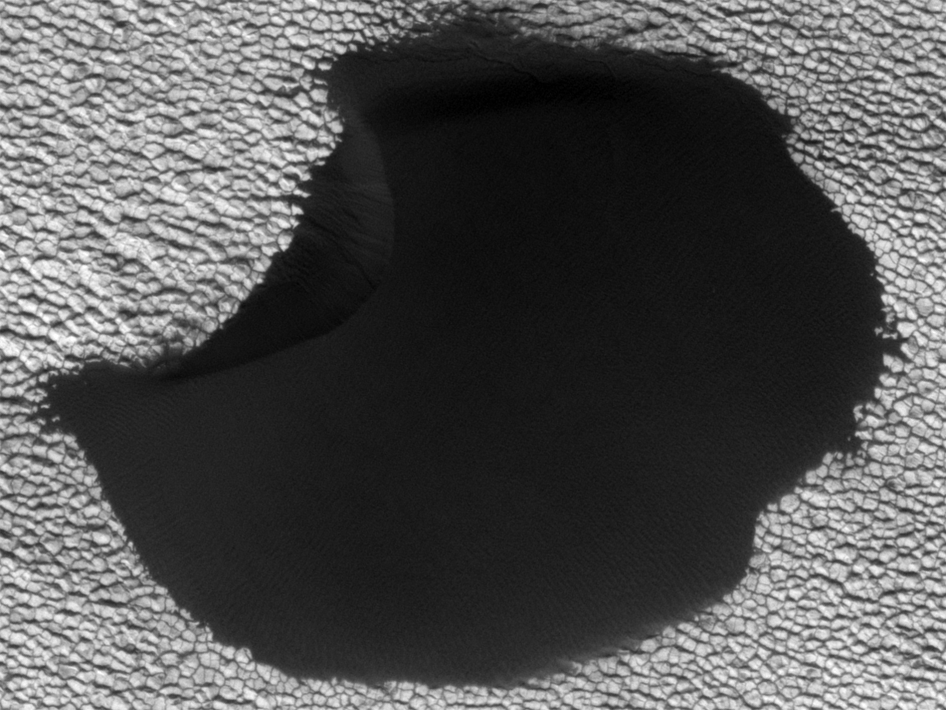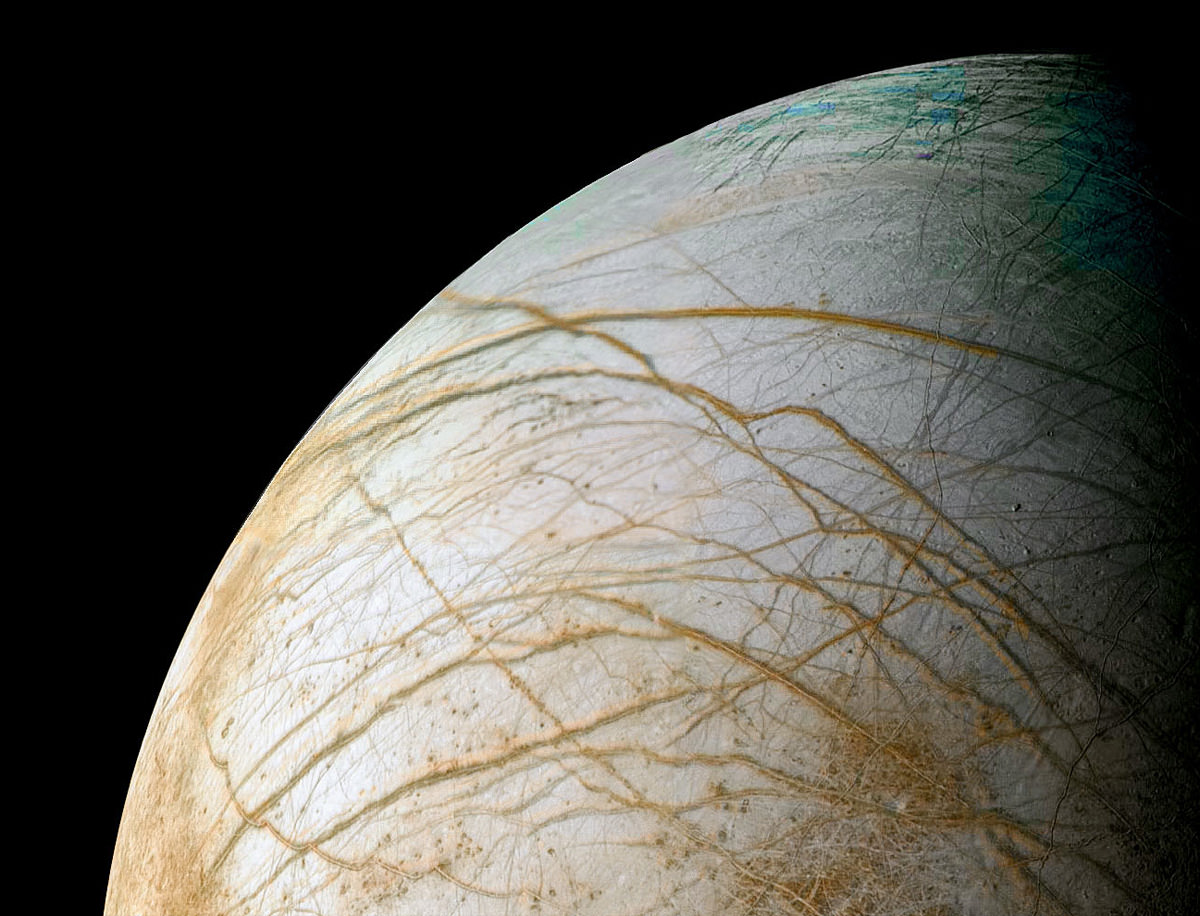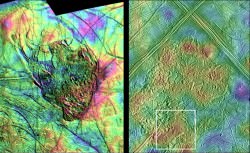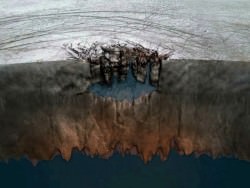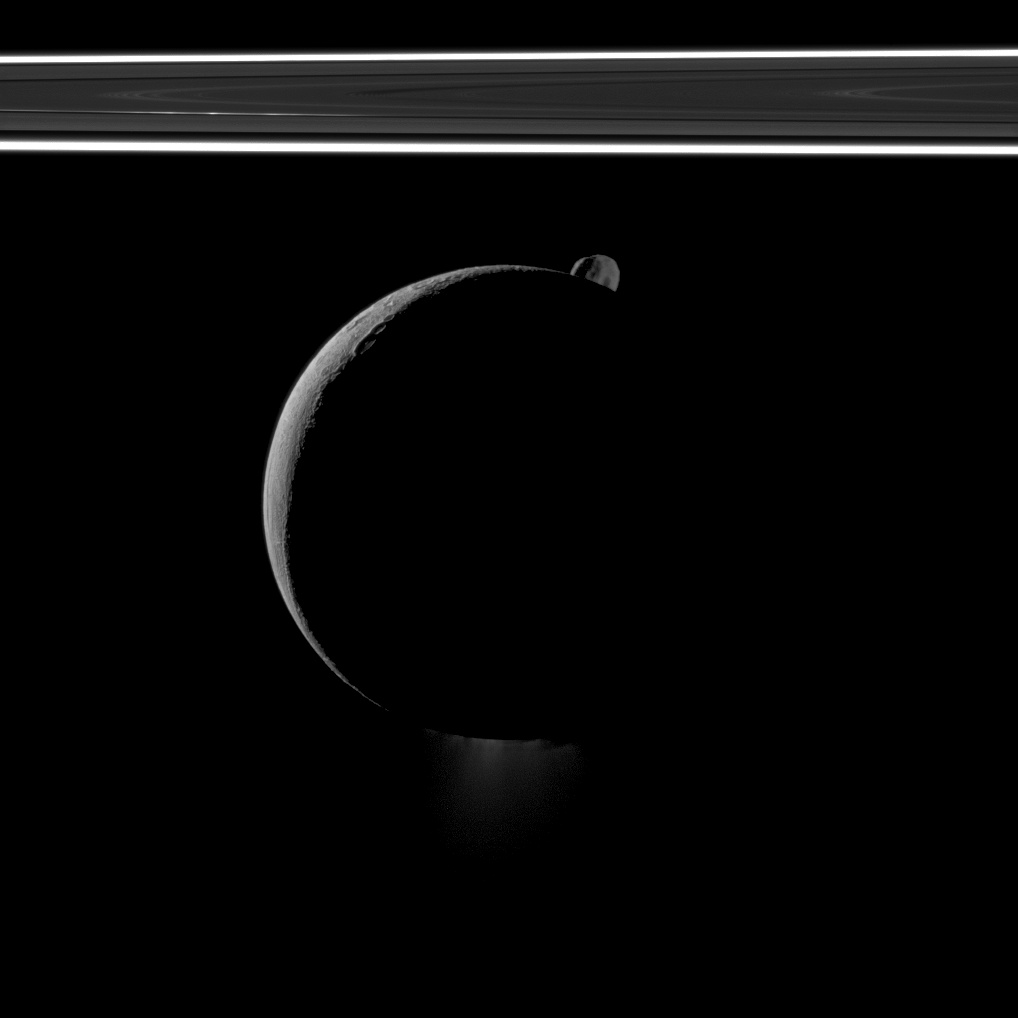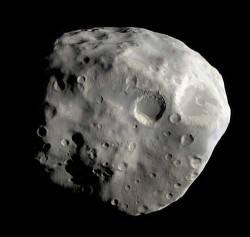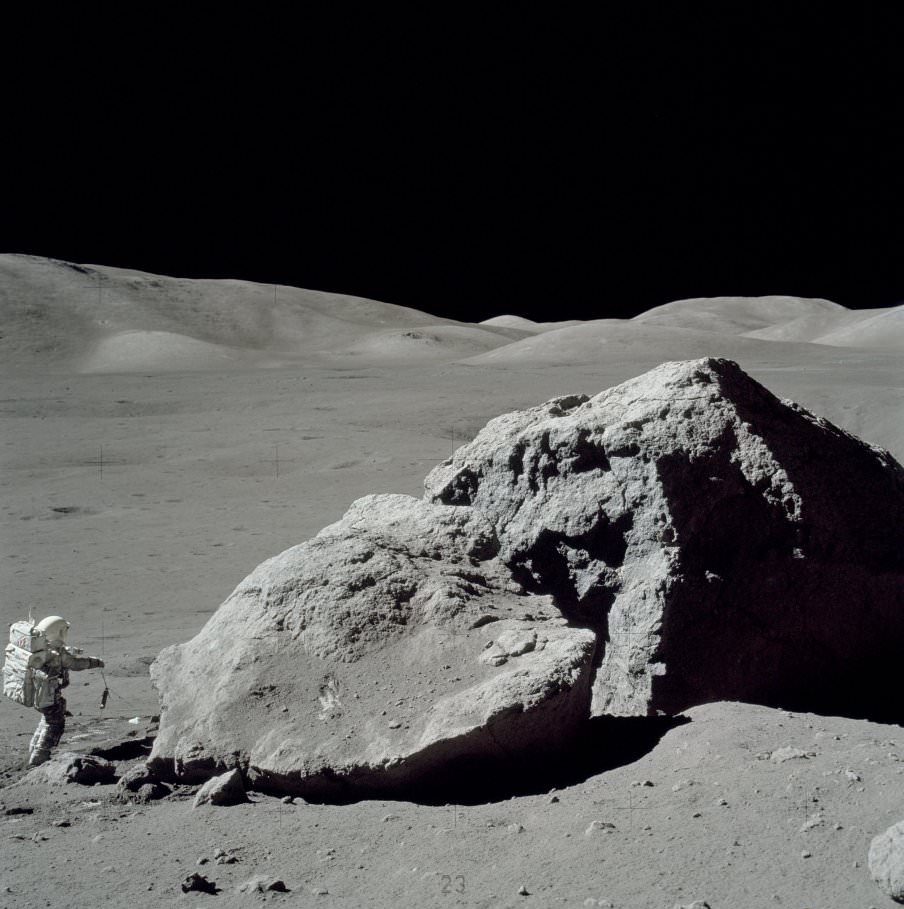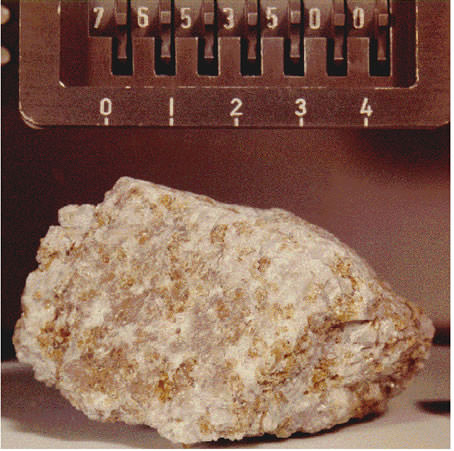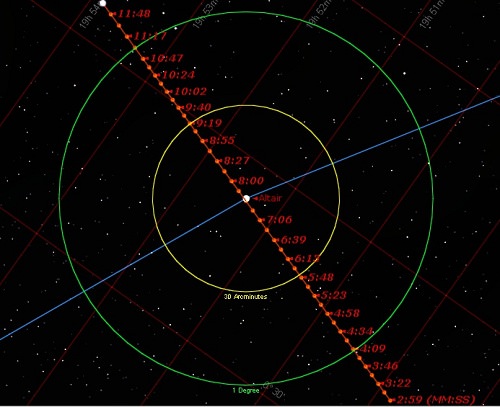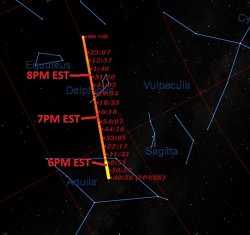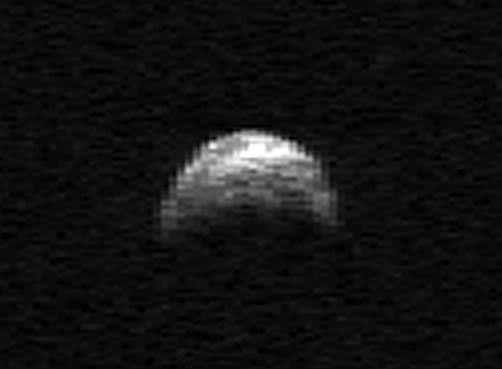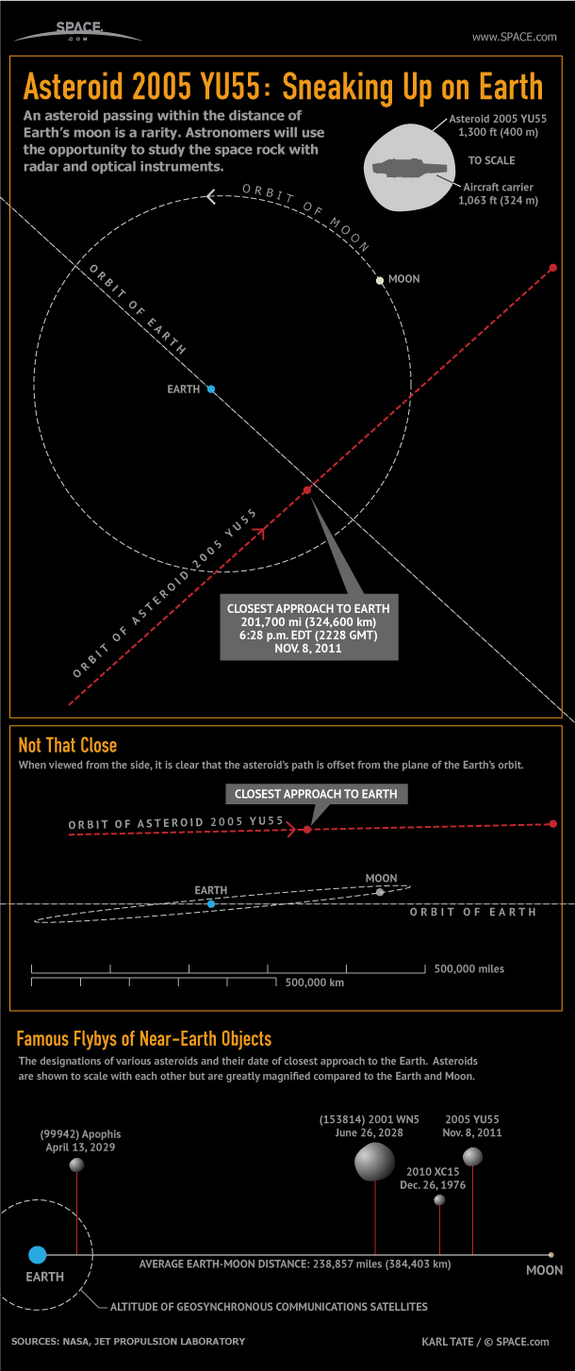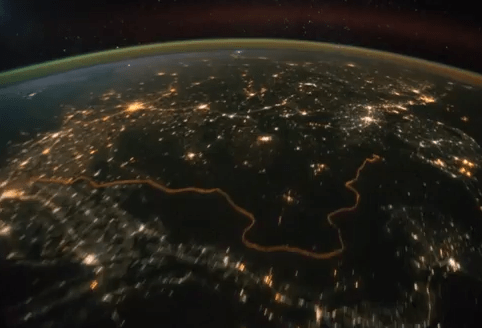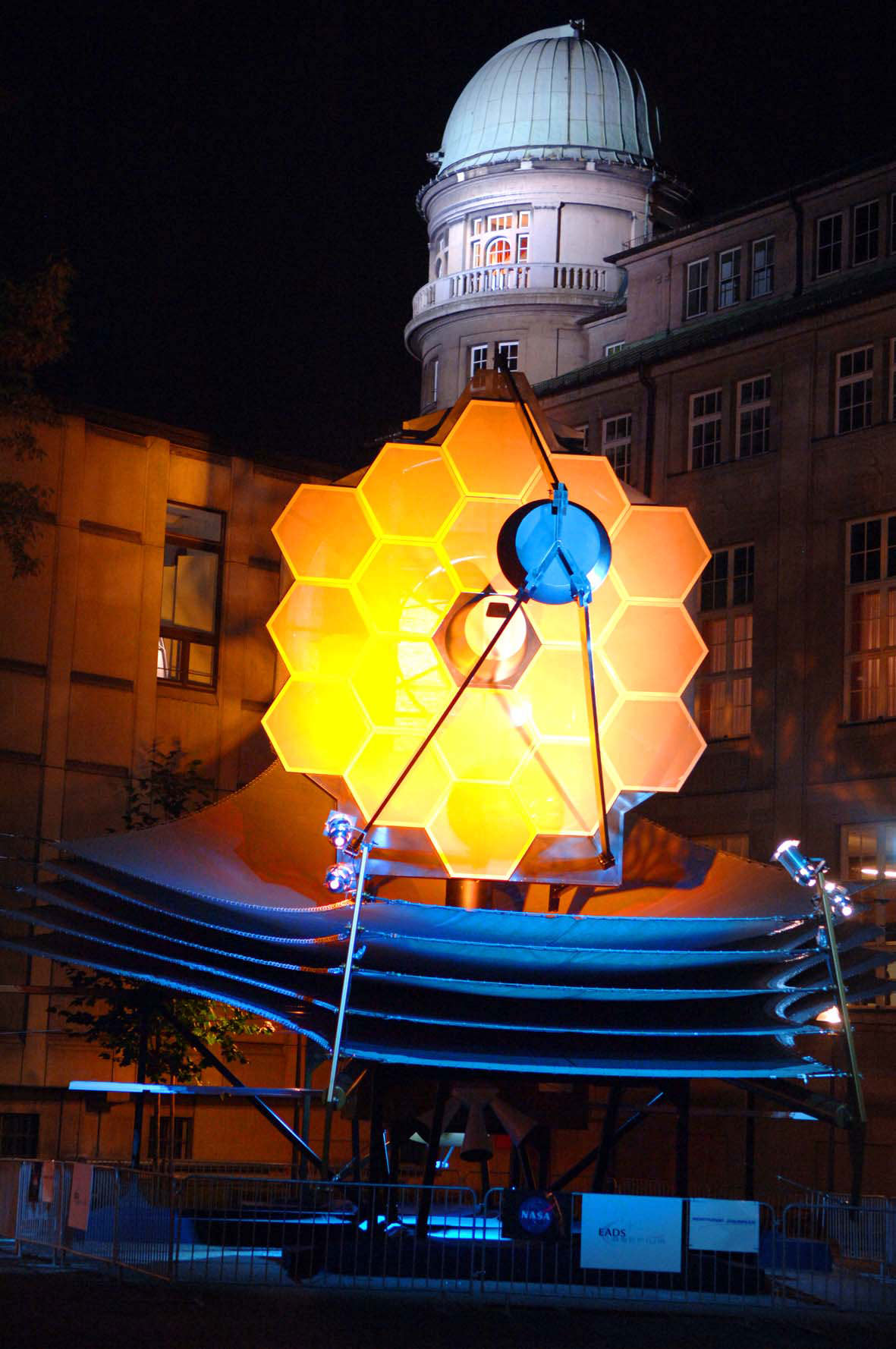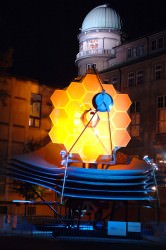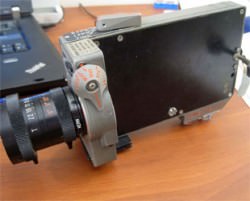[/caption]
The benefit of long-term observations from orbit became evident today with the release of images from NASA’s Mars Reconnaissance Orbiter showing the subtly shifting motion of large sand dunes on the red planet, proving that the surface of Mars is much more dynamic than previously believed!
The atmosphere of Mars is extremely thin – only 1% as dense as Earth’s. This means that Martian winds would seem barely perceptible to a human, and has to blow at high speeds to move even the smallest particles on its surface.
Although scientists have known that Mars contains many dunes and vast expanses of sandy regions it has been assumed that these features must move very slowly – if at all – due to the thin air.
“We used to think of the sand on Mars as relatively immobile, so these new observations are changing our whole perspective.”
– Nathan Bridges, lead author

Now, images taken at different intervals by the MRO’s HiRISE camera have been seen to clearly show the shifting motion of several large sand dune features (called bedforms) in various locations on Mars.
“Mars either has more gusts of wind than we knew about before, or the winds are capable of transporting more sand,” said Nathan Bridges, planetary scientist at the Johns Hopkins University’s Applied Physics Laboratory and lead author of a paper published online in the journal Geology. “We used to think of the sand on Mars as relatively immobile, so these new observations are changing our whole perspective.”
Sandy particles on Earth that could be moved by a 10 mph breeze would require an 80 mph gust of Martian wind. Weather data and climate models have shown that such winds should be rare on Mars; these recent findings by MRO indicate that either high-speed winds are more common than once thought or else they are more capable of moving sand around… or a combination of both!
Not all of Mars’ dunes are so restless, though. The study showed that there are regions that show no movement.
“The sand dunes where we didn’t see movement today could have larger grains, or perhaps their surface layers are cemented together,” Bridges said. “These studies show the benefit of long-term monitoring at high resolution.”
Ten years ago the belief was that dunes on Mars are either static or move too slowly to detect. Thanks to MRO and the HiRISE team – and the authors of this new paper – we now know that idea is all just dust in the wind.
Read more on the NASA MRO news release.
Image credits: NASA/JPL-Caltech/Univ. of Ariz./JHUAPL

